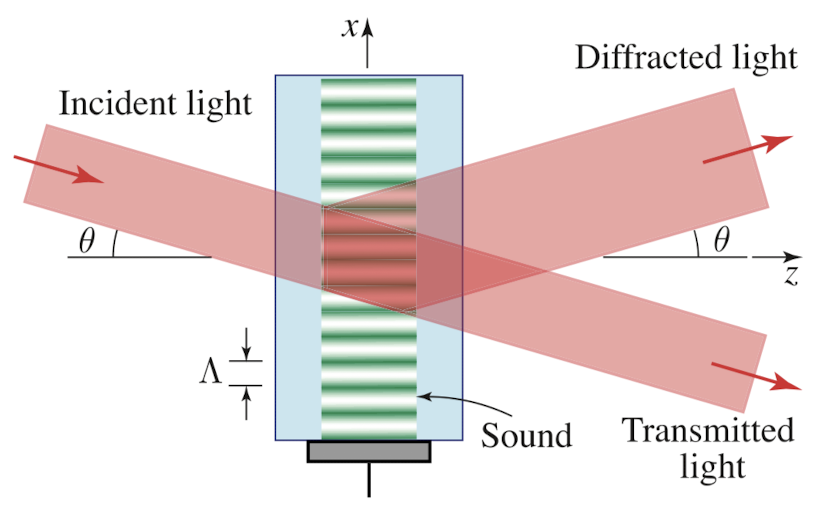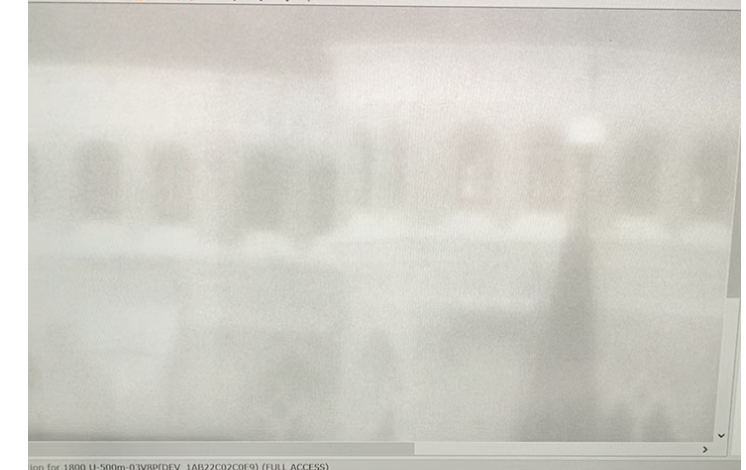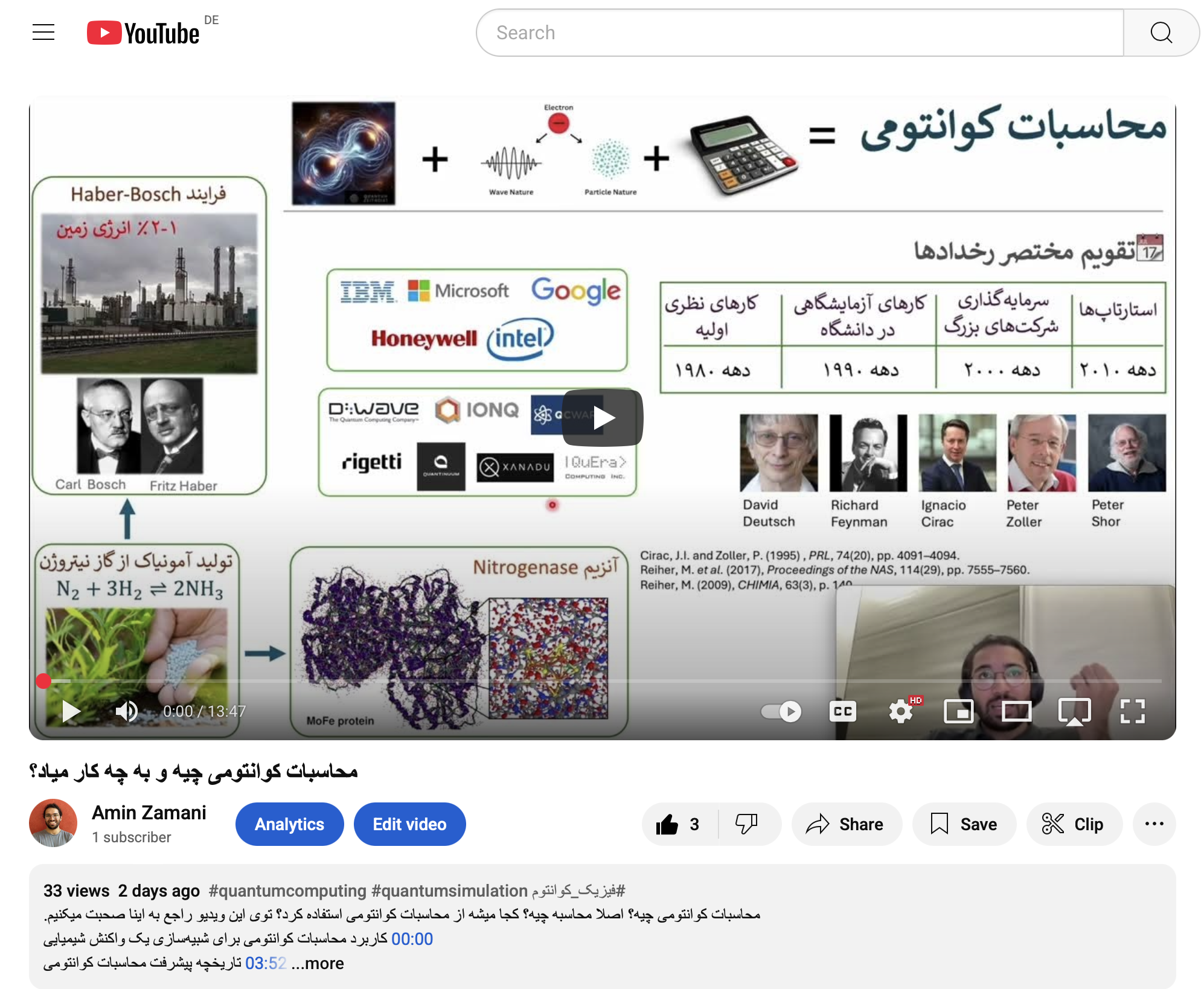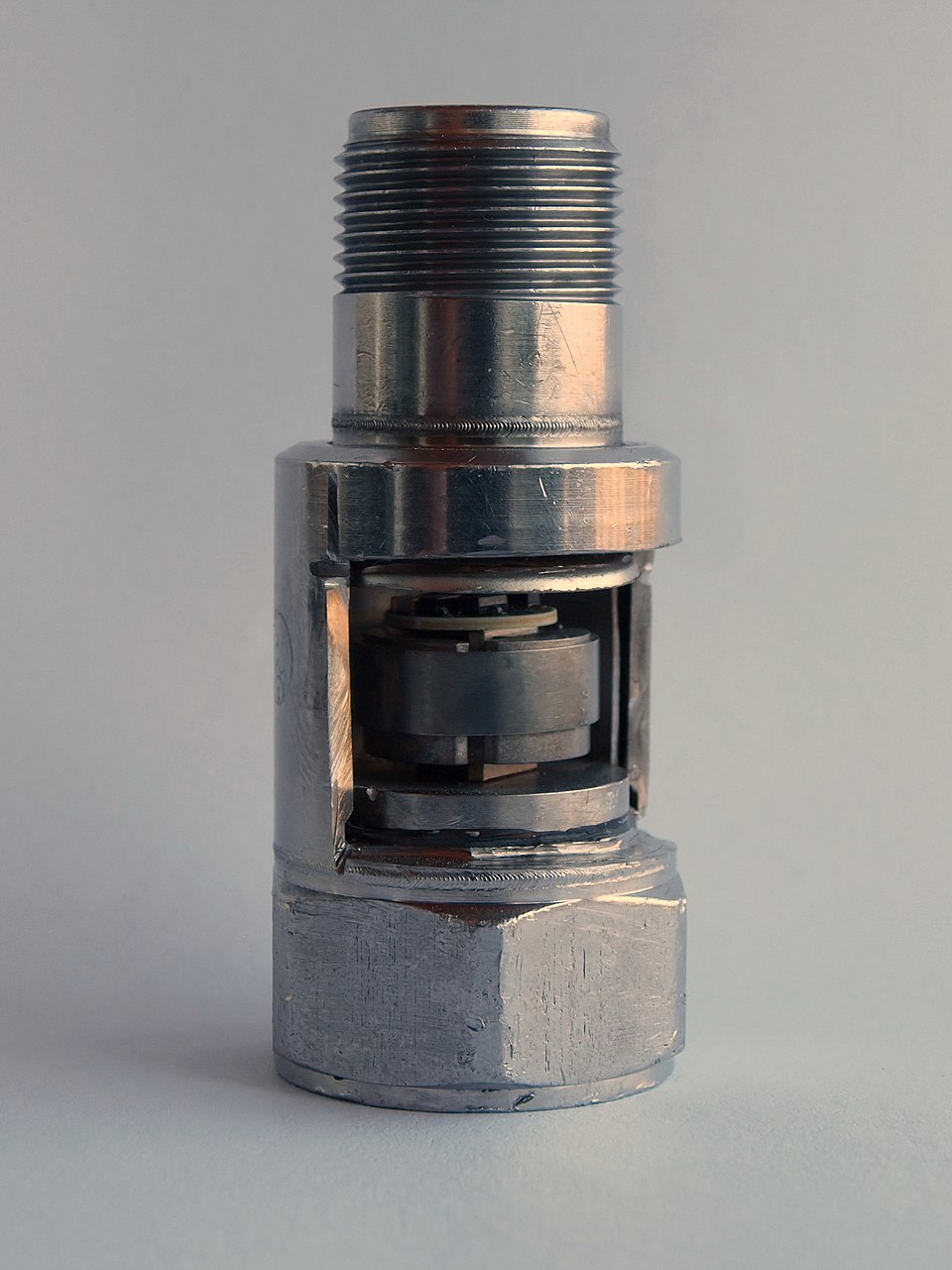A Glimpse Into My Nonlinear Optics Experiment
While going through some old lab photos, I found a short video from my master’s thesis experiment — just 15 seconds long, but it brought back so many memories from the lab.
Amin Zamani's blog—Notes, stories, and experiments in writing out loud
While going through some old lab photos, I found a short video from my master’s thesis experiment — just 15 seconds long, but it brought back so many memories from the lab.

Double-pass your AOM!
It’s actually pretty cool. When you retro-reflect the diffracted light back into the AOM and diffract it in the same order again (like +1 and +1, or -1 and -1), a few nice things happen:

In single-lens imaging, it surprises me how sensitive tuning the lens position becomes, the further the object is.
Today I published my first YouTube video. It is a brief introduction to quantum computing in Persian.


Somewhere in the Netflix series Dark, there’s a scene with an old man from the 19th century who has built an entire laboratory in his garage to create a time machine. What struck me wasn’t the machine itself, but where he got his motivation. His father had once told him about time travel, and he decided to devote his whole life to it.

When talking with friends, I’ve noticed a certain bitterness in strictly logical, precise speech — it can sting and sometimes hurt feelings. I’ve always believed that being logical is a good thing: it makes discussions clearer, provides common ground for arguments, and ensures that everyone avoids confusion or misunderstanding. Yet, it doesn’t always work out for the best.

An accelerometer is a device that measures linear acceleration. One of the simplest ways to build one is with a spring–mass system.
Imagine a car with a spring and a small test mass mounted inside. One end of the spring is fixed to the car’s body, and the other end is attached to the mass. If we orient the spring along the direction of the car’s motion, the system will respond whenever the car accelerates.